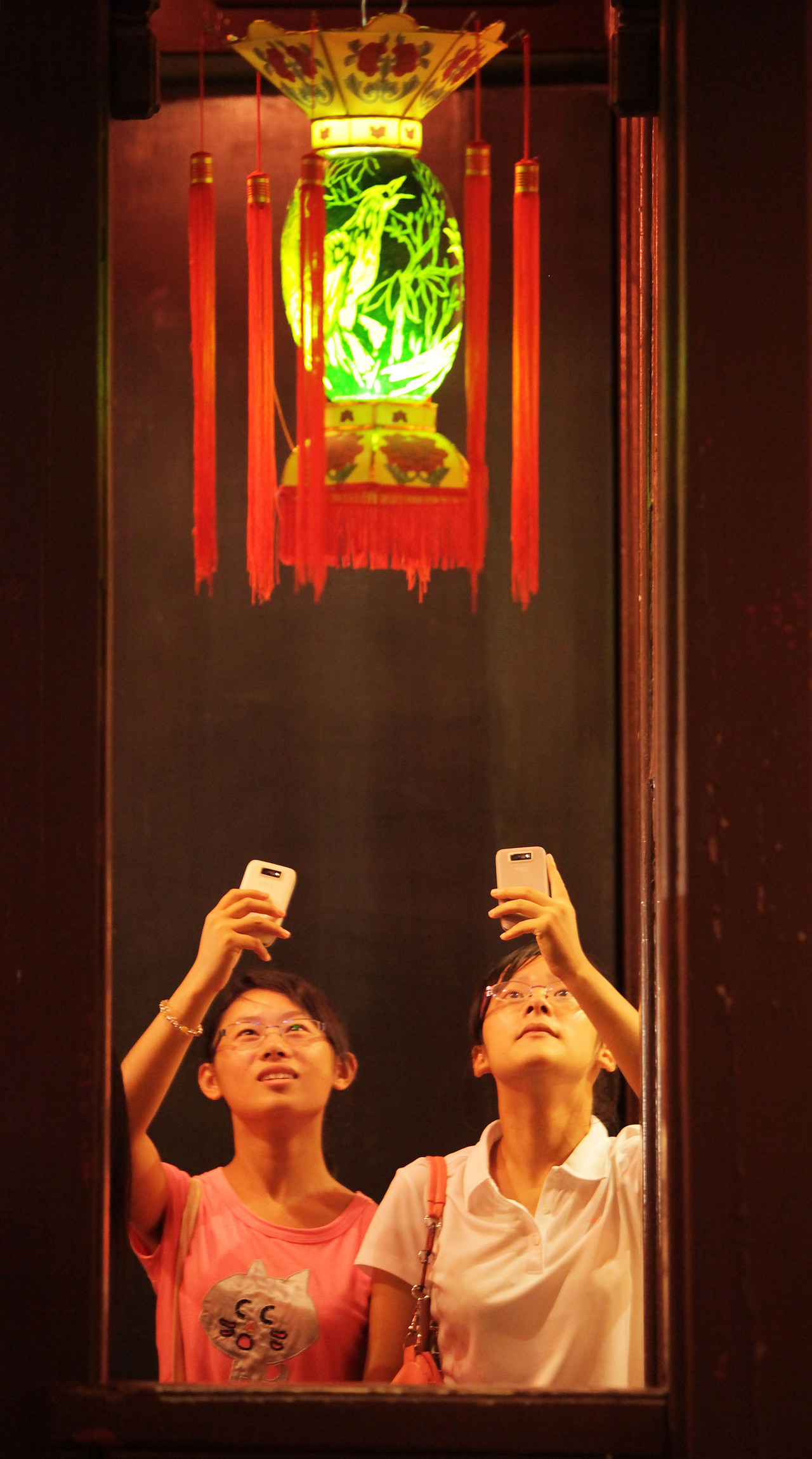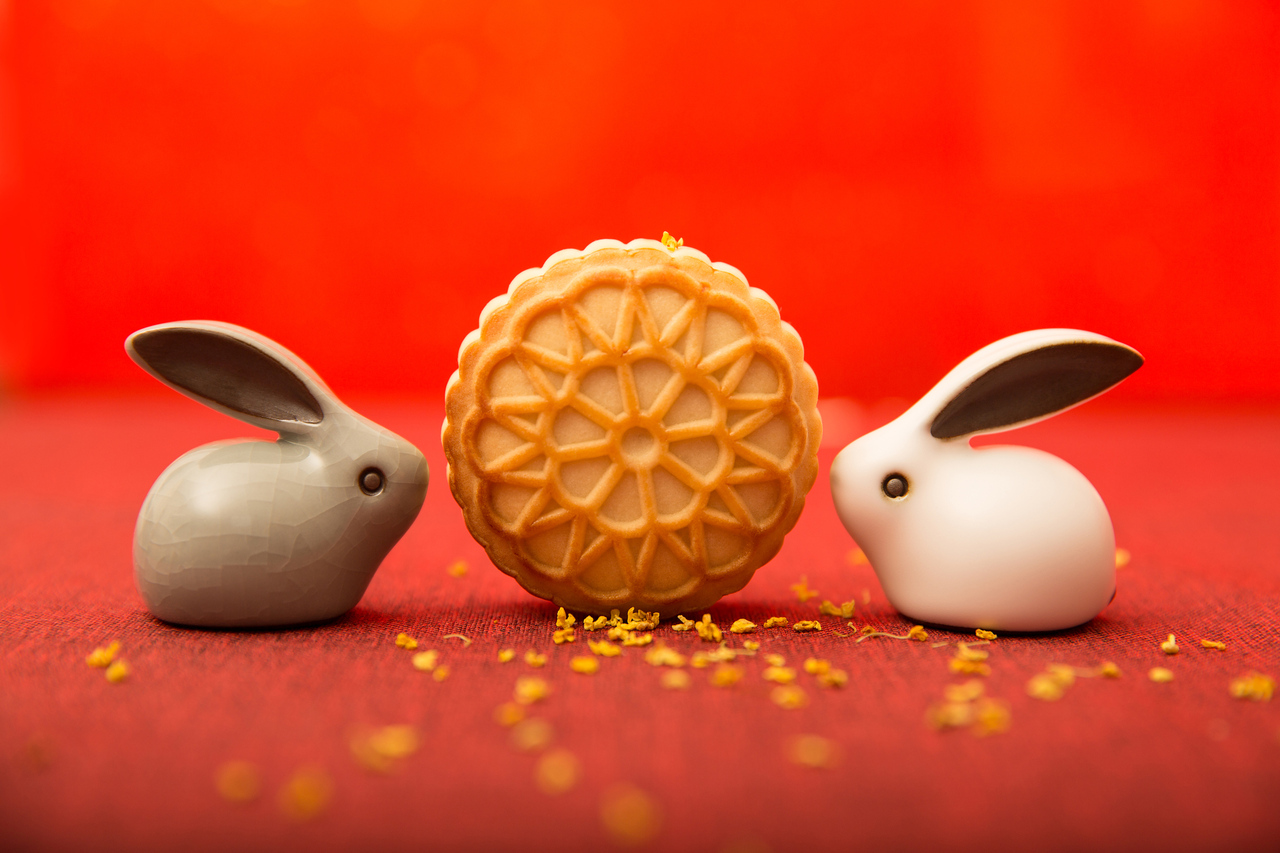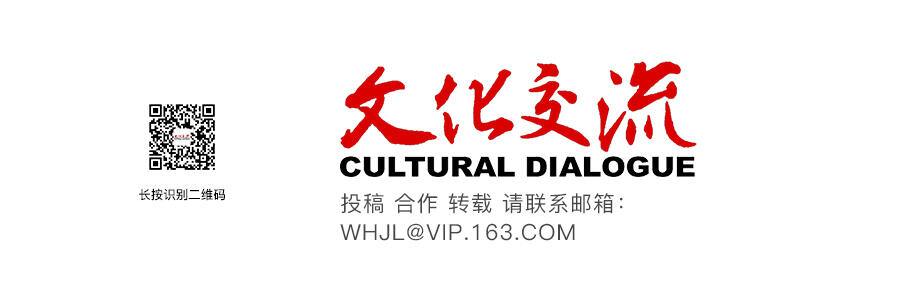中秋之夜,总是一年中月亮最为圆润、饱满、明亮的那一夜,非常特别,早就被我们的祖先当作一个特殊的日子。
不过,古往今来,人们话说中秋明月,并非在讨论天体,实际上诉说的却总是人间情怀。

古人眼里的中秋
《周礼》说:“中秋,夜迎寒。”《礼记》说:“郊之祭……祭日于坛,祭月于坎,以别幽明,以制上下;祭日于东,祭月于西,以别处内,以端其位。”这是说当年周天子中秋夜祭月,是在迎寒,在西门外一个凹下去的“坎”里举行祭礼,象征月亮是阴的,与太阳有别。
到了东汉赵晔《吴越春秋》这本书里的记载,又不同了,说是在东郊祭东皇公,在西郊祭西王母。不是直接祭祀日月,而将其人格比,用东皇公代表太阳,西王母代表月亮。从自然崇拜进化到自然神人格化,这样的演变东西方大致是相仿的。后来,明世宗在北京修建夕月坛,清代还在那儿祭月,如今则成了月坛公园,这段掌故知道的人就更多了。不过,以上说的都是帝王的祭月。那么古代的普通百姓祭不祭月呢?记载就很少了。
唐代以后,文人吟咏中秋的诗文就多起来了。苏东坡《水调歌头》:“人有悲欢离合,月有阴晴圆缺,此事古难全。但愿人长久,千里共婵娟。”这是人们至今依旧在吟咏的佳句。这样一种情怀对后世产生了很大影响,以至于不少人干脆把中秋节叫做团圆节。
还有一个有关唐明皇游月宫的传说也极具感染力,许多古籍都有记载。说是唐明皇在宫中“玩月”,还不尽兴,索性让法师把他带到月宫中好好游玩一番。据说著名的古曲《霓裳羽衣曲》就是这位风流天子从月宫里带回来的呢。这个民间传说表明,唐代盛行中秋玩月,这是祭月赏月的进一步发展。
宋代,有关中秋节民俗的记载甚多,记汴梁(今开封)的有《东京梦华录》,记临安(今杭州)的有《梦粱录》,文字记述得颇为详尽。大致是说当时的百姓人家在中秋夜要安排家宴,犹如年夜饭那样。吃完饭,一是赏月,二是逛街。
而在另一本记南宋杭城风俗的《武林旧事》中则提到,中秋夜在钱塘江上“放一点红羊皮小水灯数十万盏,浮满水面,灿如繁星”,这是怎样一种画面,可以想见。《梦粱录》和《武林旧事》都提到了“月饼”。而在明代田汝成的《西湖游览志余》中则记载当时杭州人中秋节要相互赠送月饼,除了赏月之外,还有游西湖盛事:“苏堤之上,联袂踏歌,无异白日。”
到了清代,民间中秋祭月的风气开始弥漫。北方盛行“月光低”和“兔儿节”。而在杭州,则有“中秋斗香”,这在清范祖述的《杭俗遗风》中记叙颇详。书中说,斗香在琵琶街店铺有售,形似灯景,纱绢裱糊,有月宫和各式灯景。人家买去,往往在天井里塔台祭月时用。大户还会请艺人来家演唱助兴,愈发热闹。

口耳相传的神话
月亮的圆缺是没有什么人文内涵的。不过中秋一旦成为节日,也就被附上种种人间情怀,滋生出许多悲欢离合和喜怒哀乐。古往今来,许多与中秋相关的神话传说不胫而走,广为传播,终于成为节日的重要组成部分。
汉代,《淮南子》提到了“嫦娥奔月”的神话。唐代,段成式《酉阳杂俎》又记录了“吴刚伐桂”。有关月亮的神话传说既有古籍记载,又有民间的口耳相传,至今盛传不衰。毛泽东诗词《蝶恋花》巧妙地运用了这些掌故所产生的传播效应,也是常常被人们津津乐道的。神话传说作为一种非物质文化遗产,有着不可替代的珍贵价值,这是讨论中秋节时不得不提到的。
唐代,除了前面提到的“唐明皇游月宫”,还有“八月十五天门开”的传说,则与杭州有关。明代田汝成《西湖游览志余》有过这方面的记载。说是在某个八月十五夜晚,天门打开,从月宫里撒落下桂花的种子,就落在灵隐寺殿堂左右。有人捡了一些,把它们种在附近,果然成了桂花树。后人把那个亭子改名为“月桂亭”。有人甚至附会说,杭州为何会有如此之多的桂花树,也与此有关。
杭州天竺的“三生石”十分有名,有关它的传说故事,唐代袁郊的《甘泽谣》、明代田汝成的《西湖游览志》等不少古籍都有不同的记载。说那时候有一对好朋友,相约死后转世为人,十三年后的中秋夜要在杭州天竺寺相见。十三年后,他们都信守诺言,准时赴约,于是留下千古佳话。
转世之说,我们暂且不作讨论。不过,朋发之间信守诺言的美德,则是永远值得珍惜的。尤其是在今天的社会里重提这个掌故,自有其沉甸甸的分量。正是凭借着这一则则传说故事,才终于酿成中秋节如此浓郁的人间情怀。

妙趣横生的习俗
中秋的节日行事,通常称之为民俗活动。前文提到的祭月和赏月,可以说是历史上的两大主题。不过在具体的行为方式上,十里不同风,百里不同俗,往往又会呈现出不同的民族情愫和地方色彩,而令人目不暇接。
走月亮,又称踹月、游月、玩月,往往是妇女们的节目。有的地方要在中秋夜游宝塔,当地的民歌里还传递出“求子”的愿望。
树中秋,是广州特色,家家户户在中秋夜竖起竹竿,高挂一串串灯笼,以贺中秋。有的地方在此夜放孔明灯,煞是精彩。
舞火龙,又称舞草龙、舞香龙,是在草龙上插满了香,夜晚燃香,在旷野飞舞,那是十分震撼人心的。浙江开化的香火草龙,已被入选国家级非物质文化遗产名录。笔者曾在现场感受过这种极其震撼人心的欢乐,至今难忘。舞龙比较多见的是布龙和板龙,其实草龙的历史恐怕更为古老。
壮族有“骂中秋”,土族要“打月亮”,侗族又有“偷月亮菜”,我们无法一一细说。就说我们浙江绍兴的中秋节吧。
当年绍兴人中秋夜祭月,供品中往往会放一只老南瓜,很是别致。老人回忆说,绍兴人以前还有“摸秋”风俗,人们在中秋夜去地里偷摘一只南瓜,拿来塞到新嫁娘的被窝里。老人说,这是生男孩的吉兆。
在美丽的杭州西湖,历来有不少赏月胜景,一直让人流连忘返、津津乐道。诸如平湖秋月、三潭印月、月岩、三生石、满陇桂雨,也都各有千秋。
总之,“月到中秋分外明”,有关中秋的风俗习惯一路走来,不断嬗变,令人念念不忘。相信这样一个古老的传统还会年复一年地沿袭传承下去。
(本文图片提供:CFP)

The Mid-Autumn Festival (中秋in Chinese pronounced as Zhong Qiu) is a time for family reunion and for the blessings of life. That is why many people preferably call it the “Reunion Festival”. The festival falls on the 15th day of the eighth month on the Chinese lunar calendar. It is believed that the moon that night is the fullest and brightest of the year, hence the tradition’s another name, the Moon Festival. To the Chinese people, its importance is second only to the Spring Festival. With the moon playing a critical part in the celebration, the tradition is much more about human sentiments than pondering over a celestial issue.
The custom could be traced back to the Zhou Dynasty (1046-256 BC) and was more often practiced by the royal class on the Autumnal Equinox. According to The Book of Rites, the mid-autumn “lunar rituals” of the royal house were meant for “heralding in the coldness” and were held in a dented place to suggest the opposite of the solar power. Mid-autumn celebration by commoners was scarcely mentioned in history books or literary works written before the Tang period (618-907).
The cultural and human connotations of the tradition of celebrating the “Moon Day” of the year spawned many literary masterpieces during the Tang times. Because the festival is a day meant for families to be together, those who are unable to get home to join the celebration miss their family more than usual on this day. Such nostalgia is best romanticized in a poem by Su Shi (1037-1101), one of the greatest essayists and poets in the history of China. The last part of the Ci-poem reads as follows:
Men have sorrow and joy, they part or meet again;
The moon may be bright or dim, she may wax or wane.
There has been nothing perfect since the olden days.
So let us wish that man will live long as he can;
Though miles apart, we at least can share the beauty the moon displays.
An intriguing tale of imagination related to the moon festivity is about Emperor Xuanzong of the Tang (618-907). Not having had enough of the Mid-autumn revelry in the palace, he asked a Buddhist wizard to take him to the Moon for more fun. The emperor came back with a beautiful piece of court dance music he titled as Ni Shang Yu Yi Qu. Whether the emperor did land on the moon or not is unknown, but the folklore clearly indicates how the moon tradition prevailed in emperor’s time.

Various customs related to the “Moon Festival” were well documented by men of letters in the Song (960-1279) period of China. Dong Jing Meng Hua Lu and Meng Liang Lu reported in vivid details how the tradition was practiced with religious piety by people living in present day Kaifeng and Hangzhou, which respectively served as the capital of the Northern Song and that of the Southern Song. The routines included a mid-autumn banquet that rivaled the feast for the New Year’s Eve, admiring the full moon and taking a stroll with family members.
The sweet romanticism of the Southern Song people was depicted in Wulin Reminiscences (“Wulin Jiushi”) as “Qiantang River glistening with hundreds of thousands of sheepskin lanterns released into the water like stars in the sky”. Both Meng Liang Lu and Wulin Reminiscences mentioned “moon cake” (yuebing). The tradition of exchanging yuebing and admiring the scenery of the West Lake on the “Moon Day” was vividly portrayed by Tian Rucheng, a government official and Hangzhou native, in his Tour on the West Lake.
A folktale recorded by Tian Rucheng in his book indicates that the “Gate of Heaven” opens on the Mid-autumn Day. As the folktale has it, the “gate of heaven” opens, and osmanthus seeds from the Moon Palace cascade on the ground around the Lingyin Temple in Hangzhou. That folktale can be considered an effort to explain why the osmanthus trees are so abundant around the Buddhist sanctuary and across Hangzhou.

The festivity blossomed into various other activities that all became popular among commoners. In the capital city of the Southern Song, which is present-day Hangzhou, lighting incense sticks and hosting an entertainment party with hired theatrical performers held at home also became part of the festivity the more privileged people enjoyed.
In the traditional Chinese culture, a full moon symbolizes togetherness and fullness of life, spawning many tales and legends related to the “moon day”. All these tales and legends have become an integral part of the unique, enduring Chinese Mid-autumn culture that still inspires the festival calendar of people today.
The most well-known variation of Chinese people’s “moon complex” is the Chang’e Flying to the Moon. Chang’e is the Chinese Goddess of the Moon, and is a common thread running through the mid-autumn theme of the Chinese mythology and literature. A vivid illustration in contemporary times is a poem by Chairman Mao Zedong (1893-1976).
Mid-autumn festivities vary in different regions and among different minority groups in China. Some of its modern variations include releasing Kongming lanterns into the sky in Guangdong in southern China, and using a pumpkin to pray for fertility in Shaoxing in Zhejiang. In Hangzhou, the moon is an important part of the West Lake landscapes, with the names of some top sightseeing attractions romanticized by the Chinese character “月” (meaning “moon”) such as Autumn Moon over the Calm Lake and Three Pools Mirroring the Moon.
